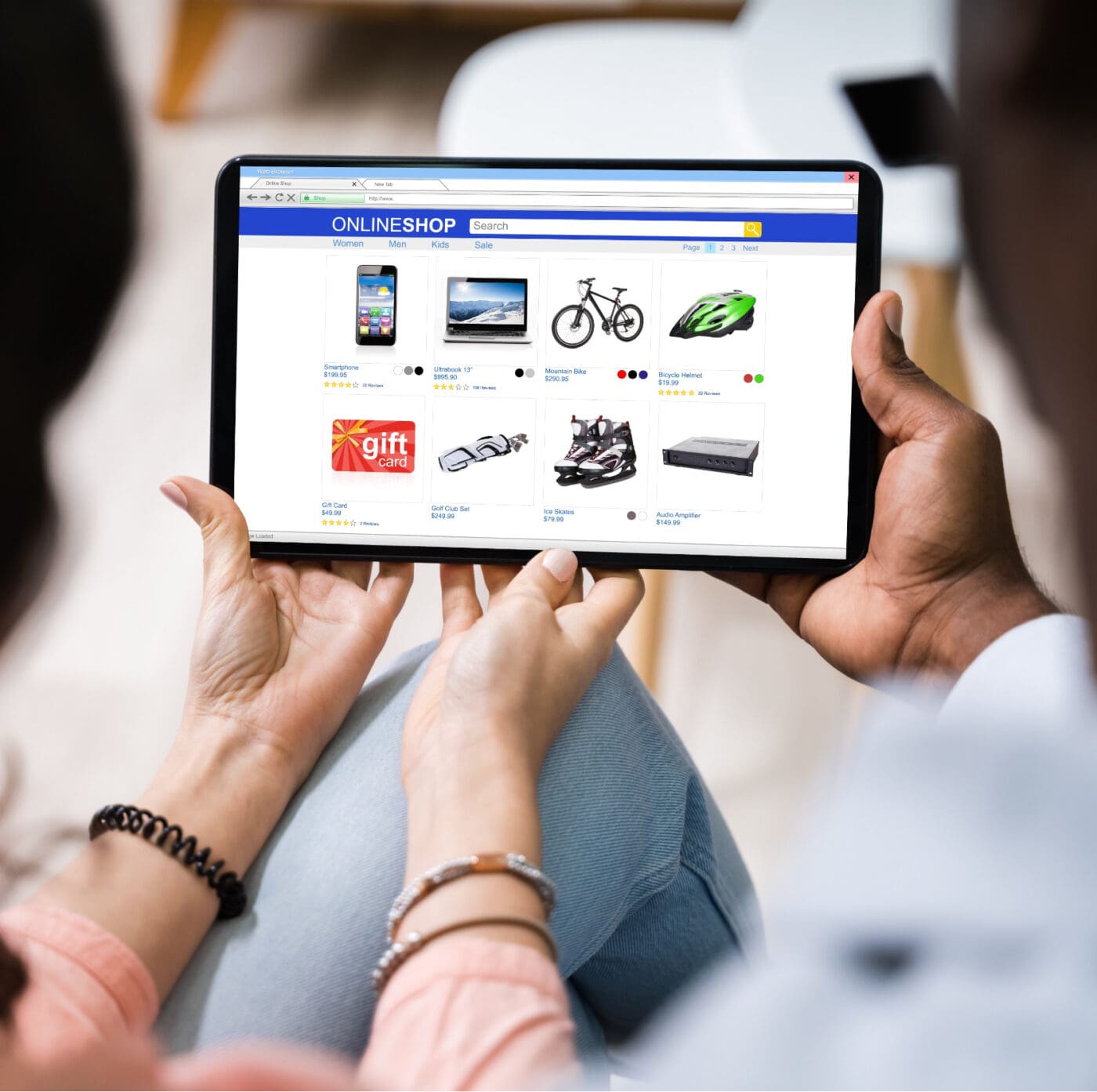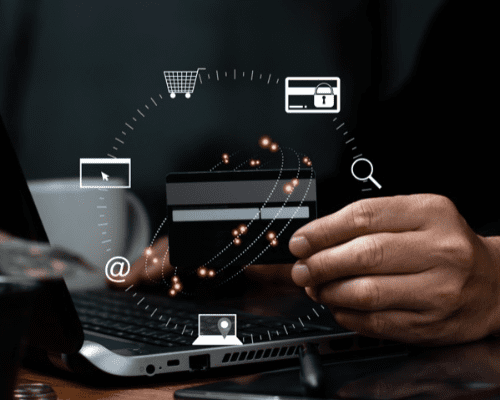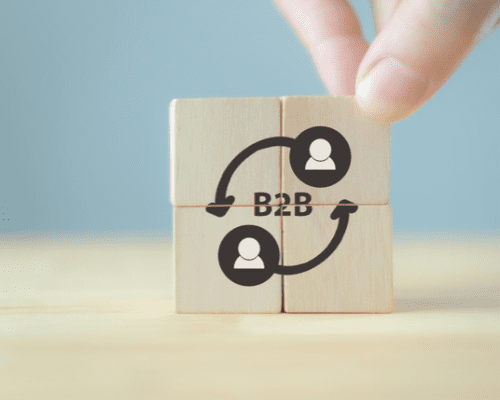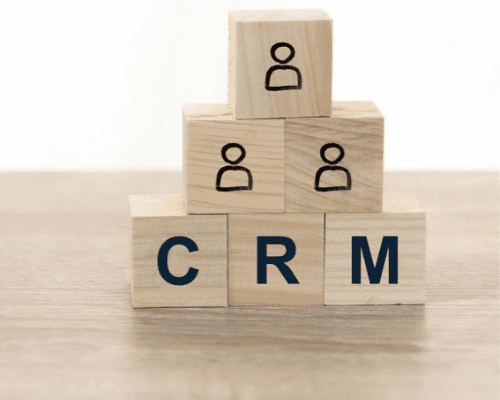Loyalty marketers will be more successful if they look for opportunities to engage with prospective and existing customers and build relationships in every stage of the customer lifecycle – Forrester
Successful brands are increasingly applying loyalty marketing strategies throughout the customer lifecycle to improve customer engagement, deepen the customer relationship and increase the perceived value of their loyalty programme. Here at redk, we’ve put together a handy guide to building sustained customer relationships.
Forrester’s seven-stage customer lifecycle framework is designed to help brands move beyond intermittent transactions and improve customer relationships at each stage. We’ve broken down what you need to do.
1. Discover: attract and engage prospective loyal customers
At this initial stage, it’s important to promote your loyalty programme. Supermarket giant Tesco advertises its Clubcard rewards programme, ranked in a recent survey as the most appealing loyalty programme in Britain by 65% of respondents, prominently on its website. It’s key to communicate your brand values clearly: in 2021, a UK survey showed that 82% of consumers were more likely to be loyal to a brand whose values aligned with theirs.
2. Evaluate: simplify the decision-making process
To help prospective customers, you can use tools such as quizzes, detailed sizing guides for clothing, or product comparison functionality. And now is a good opportunity to seek information which allows you to provide more relevant offers. Supermarkets or restaurants can, for example, ask new loyalty members to answer questions about food preferences or dietary requirements.
64% of US online adults spend time comparing products before making a purchase, and 38% say they become overwhelmed by too many choices
3. Commit: overcome customers’ concerns or doubts
This stage is critical: a poor customer experience during the first purchase can mean losing that customer for good. Ensure that the checkout process is as smooth and fast as possible, offering familiar payment methods and “buy now, pay later” (BNPL) options. Introduce customers to your loyalty programme by offering “welcome points” or a one-click enrolment option. Giving an incentive for creating a customer profile means you can offer tailored benefits for different customer groups: many brands, such as New Look, offer discounts to specific groups such as students, healthcare workers, or military personnel.
4. Initiate: help your customers recognise the value of loyalty
At the post-purchase stage, you’ll need to keep the customer informed about the status of their purchase via an order confirmation email and shipping information, with order tracking where possible. It’s also a good time to ask consumers to provide zero-party data (data which the customer has explicitly chosen to share with the brand), such as their clothing style or music preferences, so you can further personalise future communications.
Generating emotional loyalty is essential to grow engagement at all stages, not just at purchase moments – Forrester
5. Participate: generate customer engagement
This is your opportunity to keep customers engaged with the brand. Be clear about how the loyalty program works and how customers can earn and redeem rewards. Other ways in which you can increase customer engagement are gamification, such as quizzes and competitions, and branded online communities. Cosmetics company Sephora, for example, has an active community where customers can share views on products and discuss beauty and skincare topics.
6. Actualise: help customers identify the value they’re getting
This is the stage at which customers achieve recognisable value from the products and services they’ve purchased, as well as from the loyalty programme. You can do this by reminding customers via email of how many points they’ve earned and redeemed, as well as flagging up new offers. Many brands set expiration dates for points, which is a useful reminder to customers to redeem their rewards.
US online adults who belong to loyalty programmes are more likely to participate if they have a means of tracking their benefits (65%) and receive a regular update on the benefits available (61%), according to Forrester’s Retail Topics Insight Survey, 2022
7. Advocate: encourage satisfied customers to review and refer your brand
This stage is where customers become your brand advocates. If you haven’t already requested feedback on a product or service, this is the time to do it – and you can reward the customer with a loyalty incentive. You can also solicit customer reviews by providing a convenient link to a trusted reviews site. Finally, ask customers to refer your brand to friends and family: challenger bank Monzo reports that 90% of its customers joined through word of mouth.
At redk, we have over 15 years of experience in digital transformation, working with our expert partners to advise on and implement the best technical solutions to keep you ahead of the curve. Talk to us to discover how we can help your business deliver a great customer experience.










